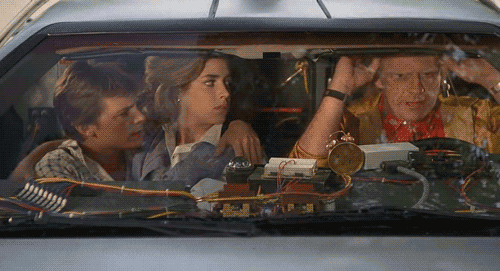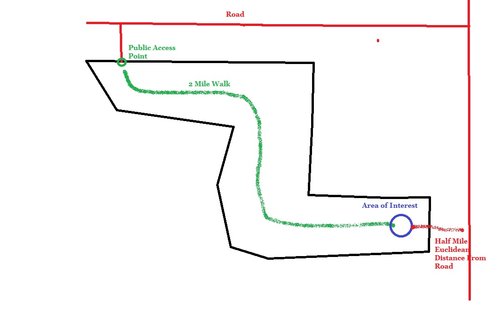idahohuntr
Well-known member
- Joined
- Dec 19, 2013
- Messages
- 345
Well said. I have the exact same sentiments on the aging/access arguments. If I live long enough or otherwise lose the physical abilities necessary to access wild places - I will resign to a rocking chair, a cup of coffee and a photo album of past hunts.I've thought plenty about the argument of people getting old and expecting special treatment...and I wont change my mind. They had their chance to hunt when they were young and more physically able. If they squandered their chance, well tough luck, I wont be losing any sleep if another gate goes up or they can no longer reach the places they did in their youth.
Funny thing, my grandfather, who hunted well into his 80's, never expected roads to stay open, or asked for any special treatment. He just continued to hunt, where he was physically able to, due to his age. The last thing he would have wanted, is for roads to be punched into the areas he hunted in his youth, so that it was easier for him to get to those same places.
He was happy knowing that those places were still unroaded, still wild, and that those following were going to be able to experience the same thing he did. I feel the exact same way.
I would be doing his legacy a disservice if I pushed for easier access, more roads, more special privileges for those that are too old, too lazy, or too unmotivated to hack it.
As for disabled people, again it sucks, same as it sucks getting old. If I were to become disabled, and when I get old, I wont be asking others to sacrifice public lands for my sake so that I can still access the same places I have in the past. They can find/buy private to hunt on, hunt off a horse, or just be happy hunting the 380,000 miles of roads on FS lands they have already.
If that doesn't work, well, take up a different hobby.






